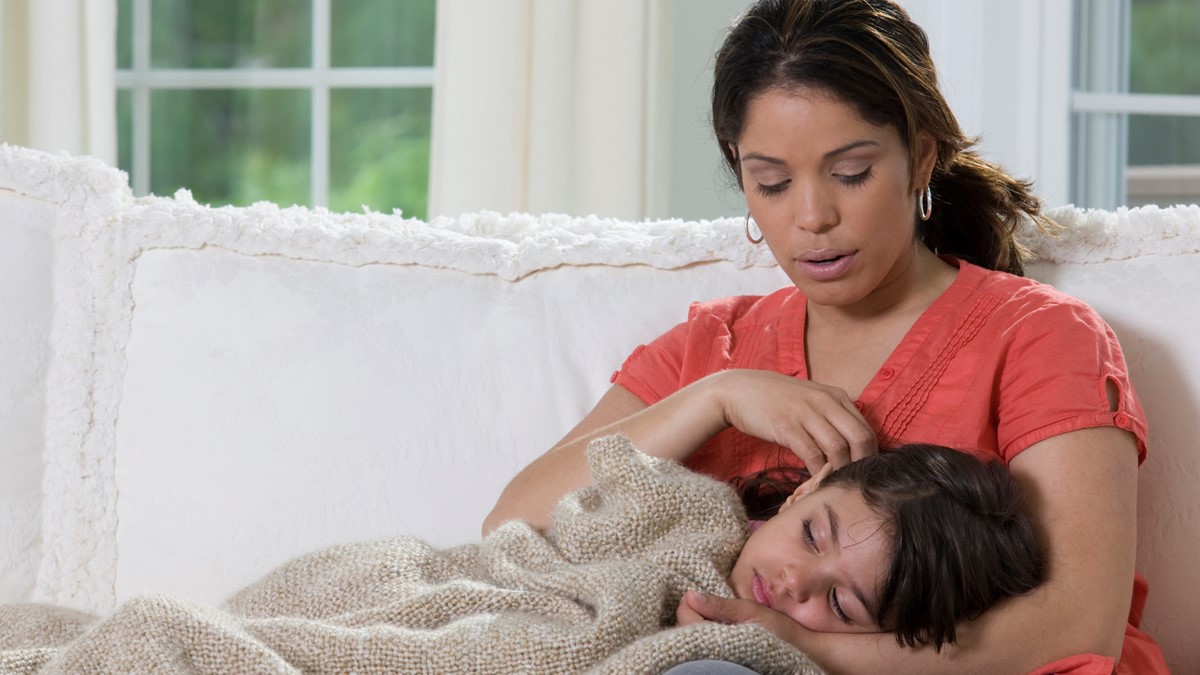Key points
- Children with suspected rickettsial disease should be treated with doxycycline.
- Treatment using 5–10 days of doxycycline does not result in staining of permanent teeth or enamel hypoplasia.
- The use of antibiotics other than doxycycline should be made in consultation with a specialist in infectious diseases.

Care and treatment considerations
The use of doxycycline to treat suspected rickettsial disease in children is recommended by both CDC and the American Academy of Pediatrics Committee on Infectious Diseases.
A recent study found that short courses of doxycycline (5–10 days) did not result in staining of permanent teeth or enamel hypoplasia. Use doxycycline as the first-line treatment for suspected ehrlichiosis in patients of all ages.
The use of antibiotics other than doxycycline should only be considered after consultation with a specialist in infectious diseases.
Other Treatments
- In case of life-threatening allergies to doxycycline, severe doxycycline intolerance, and in some pregnant patients for whom the clinical course of ehrlichiosis appears mild, physicians might consider alternate antibiotics. If alternative antibiotics are considered, the choice of alternative antibiotic should be made after consulting with a specialist in infectious diseases.
- Rifampin appears effective against E. chaffeensis in a laboratory setting but its clinical effectiveness has not been evaluated.
- However, rifampin is not effective in treating Rocky Mountain spotted fever (RMSF), a disease that might be confused with ehrlichiosis.
